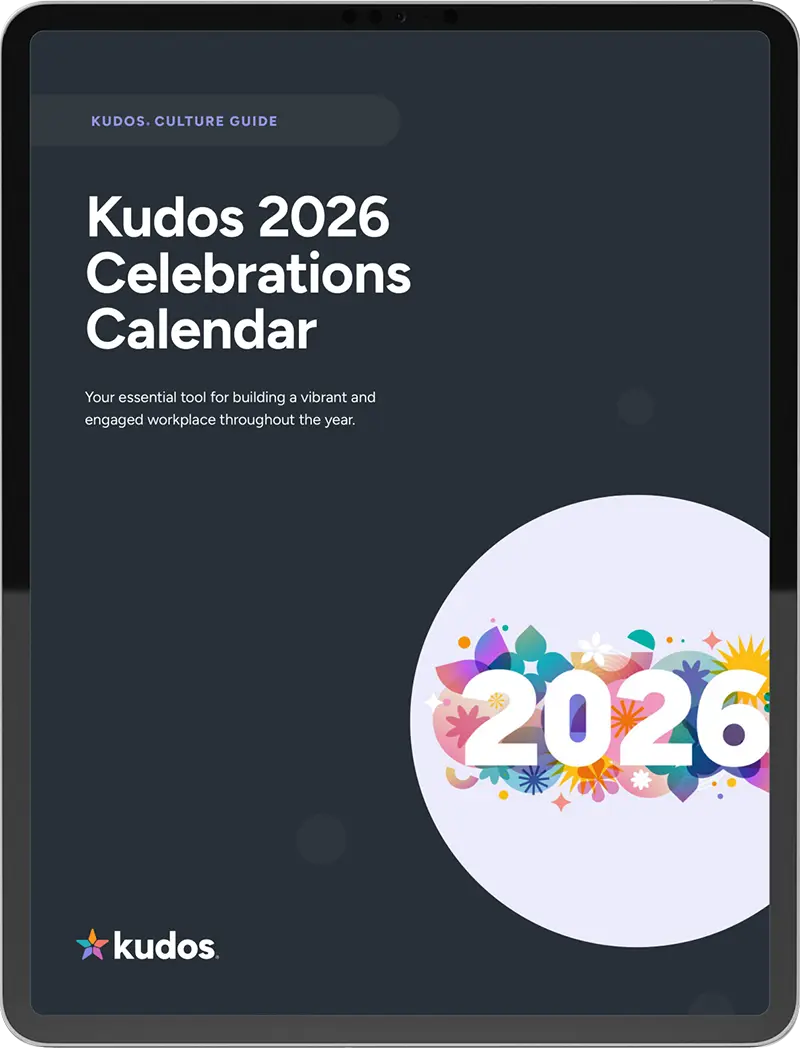How to Align Your Teams With Transparency
Performance
August 3, 2022
Ken Cameron
X min
Performance
August 3, 2022
Ken Cameron
X min

Transparency in the workplace can be a double-edged sword, but the benefits of a transparent approach to both work and leadership will transform your company.
Our guest author, Ken Cameron dives deeper into the topic of transparency and how it can align your teams.
There is a direct relationship between transparent leadership, increased employee alignment, operational efficiency, and customer loyalty.
When employees can see the bigger picture, they can easily grasp the company's vision. This helps individuals see their role within the strategy, and how their contributions directly impact company-wide goals. Simply put, employee engagement rises when senior leadership transparently communicates company strategy.
Transparency leads to an efficiency gain. When leaders are transparent about issues and problems facing the business, it opens up opportunities for team members to help problem-solve. If the leader is the only one who has all the information, then they become the bottleneck.
In his book, The Four Hour Work Week, Tim Ferris confesses that in the early days of his internet-based nutritional supplement business, he was making almost all the customer service decisions. This meant that he was working 16-18 hour days just deciding which orders could be refunded, and which could be offered exchange or store credit.
When he developed a transparent set of criteria and granted his customer service team discretion for small orders, their productivity increased and his workload diminished dramatically.
Transparency has costs, too: it creates uncertainty, which leads to low-grade chronic stress and inhibits everyone’s performance.
David Rock, author of Your Brain At Work and co-founder of the NeuroLeadership Institute has captured five key domains that drive stress behaviour in employees. His SCARF® Model identifies these as status, certainty, autonomy, relatedness, and fairness. Our brains register a social threat when any of these domains changes. When we feel socially threatened, the prefrontal cortex of our brains redirects its attention to the perceived threat, and away from collaboration and trust.
A lack of transparent leadership impacts both certainty and fairness; generally, people are afraid of the unknown. Feeling out of the loop causes people to lose trust and loyalty for the company. In turn, they’re less motivated to succeed.
When employees feel that management is withholding information, or that only select teams are in the know, it can affect their sense of fairness; individuals tend to perceive a lack of information as social isolation.
In some cases, transparency runs into direct conflict with confidentiality. When a team member shares a concern with a leader in confidence, it’s vital that this confidence be respected. Yet, any resulting action needs to be explained with transparency in order to be valued by the team.
Navigating the conflict between transparency and confidentiality can be difficult for leadership. To avoid any possible conflict, simply check-in with people and ask if they’re comfortable with you sharing the information.
In an environment where the culture is undergoing a great deal of transformation, leaders may worry that more transparency is counterproductive. But, teams can sense when you’re holding something back from them, and it rarely has a positive effect. If you’re in this situation, try providing a specific date when you’re prepared to share more information. And be careful; once you make the offer you have to honor that commitment.
It’s worth noting that some of the most successful companies practice radical transparency. Un-curated, employee-led blogs can give prospective employees a peek into your company’s culture. This kind of up-front transparency will attract more high-performers.
ATB Financial, which repeatedly appears on the Achievers’ 50 Most Engaged Workplaces list, encourages employees to leave anonymous reviews of the company on Glassdoor. Many organizations only see the potential of nasty reviews, but Lorne Rubis, chief people officer and chief evangelist at ATB for 6 years, told The Financial Post that radical transparency keeps the company on its toes.
“I’d much rather know [what employees think of their workplace], and have the courage, strength and conviction to allow for the data to be free-flowing than to worry about what kind of governance we put on that.”

A newsletter with the best resources for HR professionals.


Your essential tool for building a vibrant and engaged workplace throughout the year.
Get Your Guide